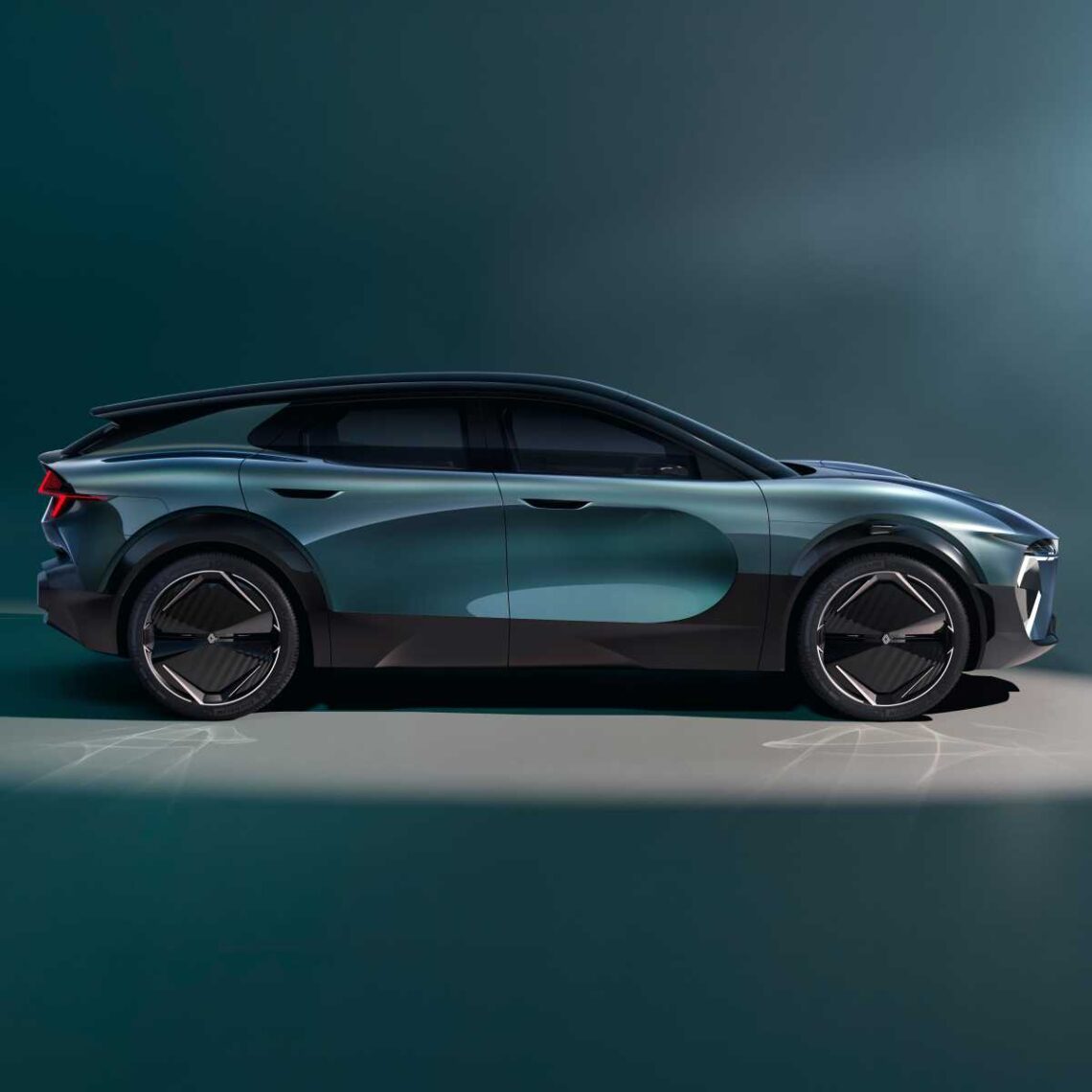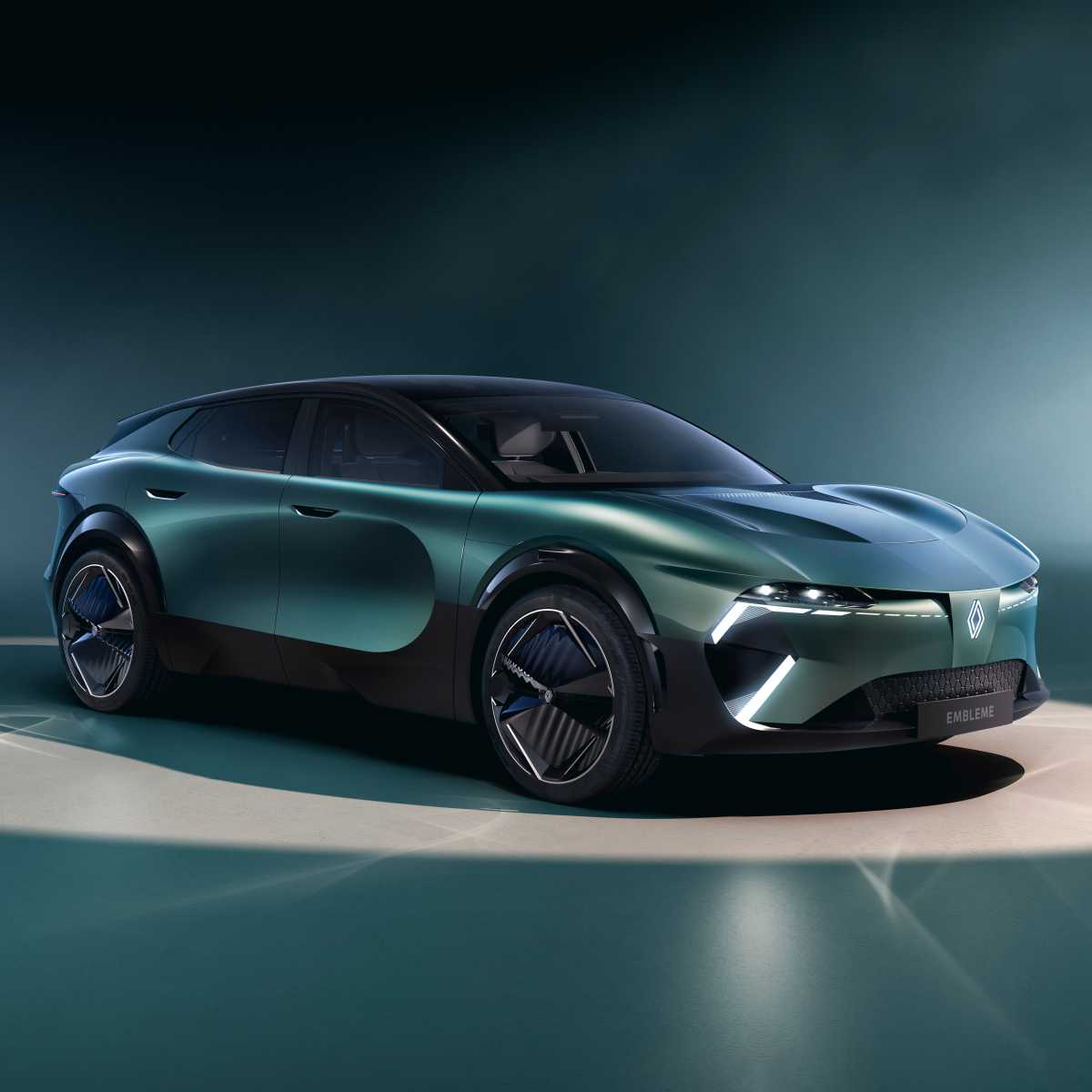Renault Emblème: driving 1,000 km without charging
Carbon Reduction
With the Emblème, Renault presents a concept car that shows how a car of the future can significantly reduce CO2 emissions.
The goal is to reduce emissions by 90% over the car’s entire life cycle compared to comparable cars today.
This car is part of Renault’s larger plans to be completely carbon-neutral in Europe by 2040 and globally by 2050.
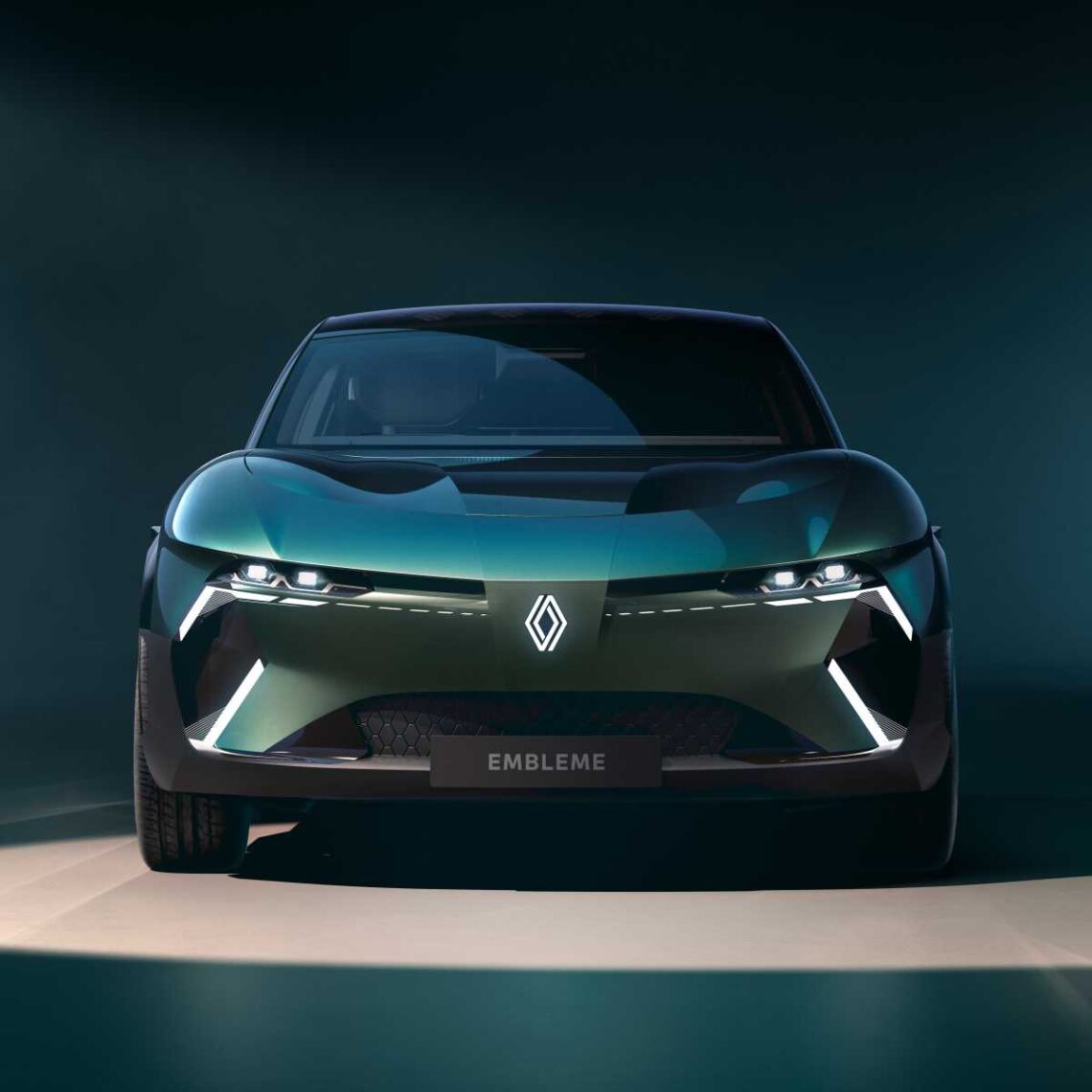
Combination of batteries and hydrogen
The Emblème is an all-electric car, but what makes it different is the addition of a hydrogen fuel cell.
For daily driving, you use a 40 kWh battery, similar to that of other electric cars.
But when you drive longer distances, such as on vacation, the hydrogen fuel cell provides additional energy.
This allows you to drive up to 1,000 kilometers without a long recharge.
In that case, you only need to fill up with hydrogen twice, which takes only a few minutes.
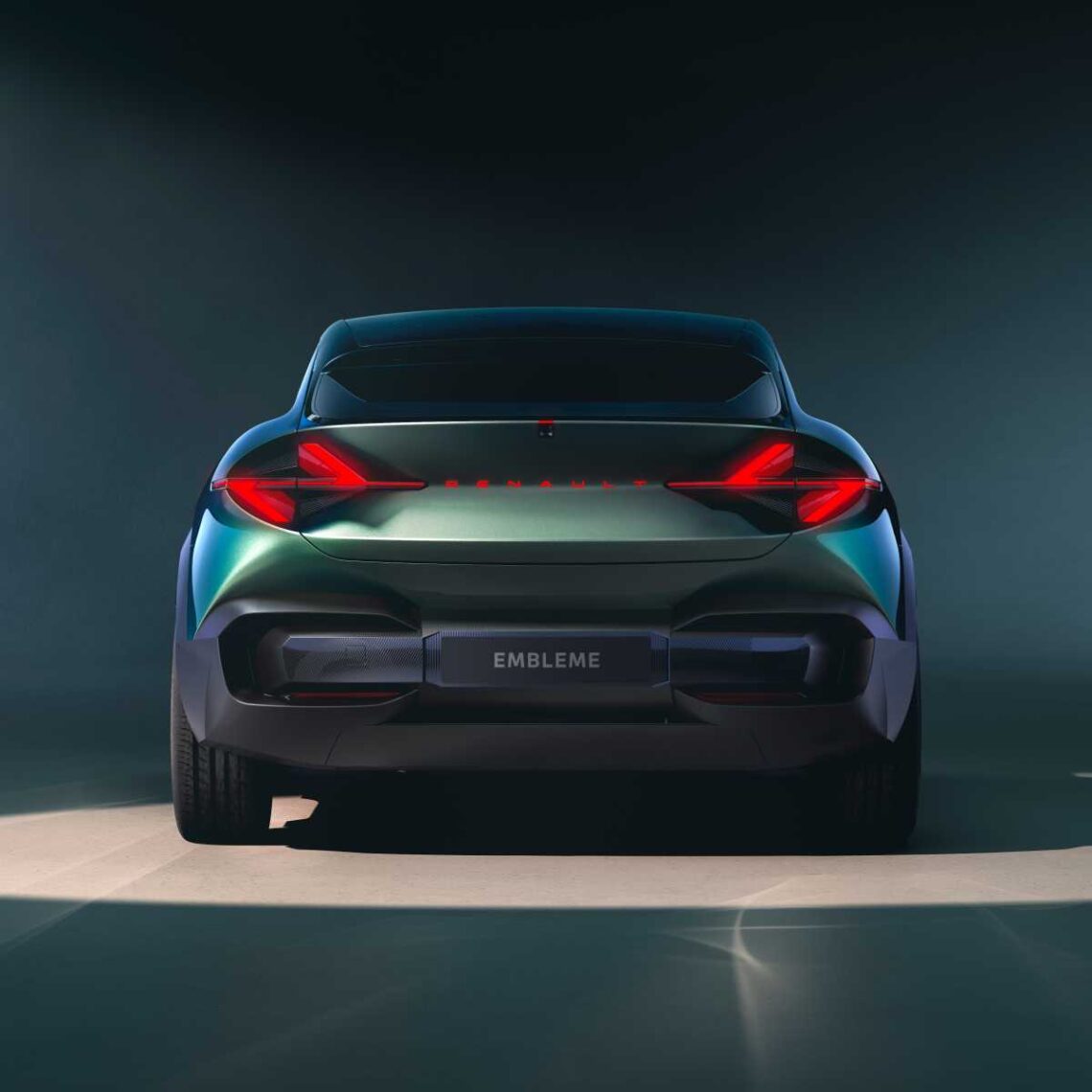
Attention to aerodynamics
The design of the Emblème aims to make the car as efficient as possible.
For example, the exterior mirrors have been replaced with cameras to reduce drag.
Also, the underside of the car is completely flat.
The result is a car with a low drag coefficient of 0.25.
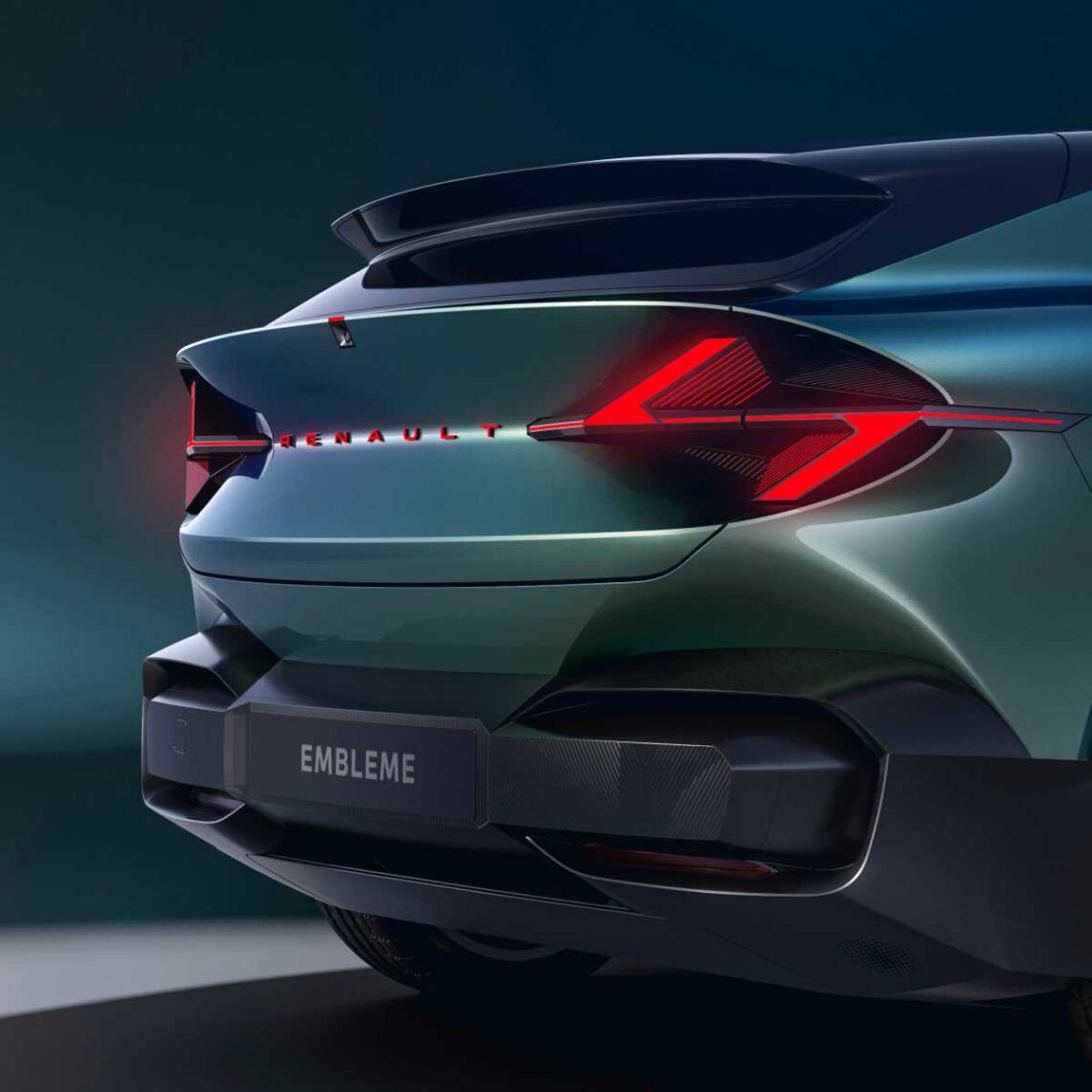
Focus on sustainability
When designing the Emblème, Renault paid close attention to sustainability.
The car is made from recycled materials and the production process runs entirely on renewable energy.
The reuse of parts was also considered.
Weighing 1,750 kilograms, including batteries, the Emblème is lighter than many other electric cars.
This means it consumes less energy, which in turn reduces CO2 emissions.

No serial model
For now, the Emblème remains a concept car and gives an indication of the direction Renault intends to take in terms of emission-free mobility.
The car will be shown at the 2024 Paris Motor Show.
Although it will not be on the market immediately, the Emblème gives a good idea of how Renault thinks about environmentally friendly cars and the transition to a future with fewer emissions.
